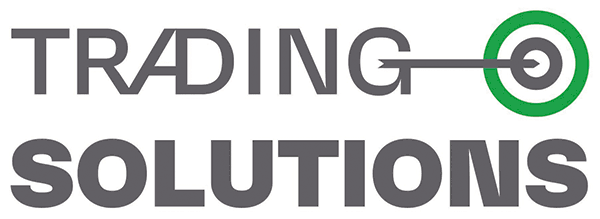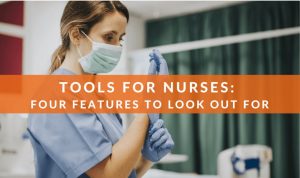What are the best tools for nurses? What kind of nursing equipment do frontline responders need to support their essential work? In normal circumstances, these would be routine questions. In the middle of a pandemic, however, they become crucial questions to ask.
The answers lie in understanding the unique context within which nurses operate. Although all professions have distinct settings, nursing is exceptional because it deals with an equally unique resource—human life. Since nurses frequently work in life and death situations, the tools that nurses use must meet extremely high standards.
In this post, we look at the unique features tools for nurses should have to help support them in their daily responsibilities.
Tools for a nurse should have:
Proper materials
Safety
Portability
Durability
Proper Materials
A nursing kit should have tools made from materials that reflect the nursing context. Part of this context is that a nurse frequently interacts with chemically and biologically active substances. These could be medicines, sanitizing agents, plasma, or even blood. Materials used to make tools for nurses must remain effective within this context.
Slice blades are made from 100 percent zirconium oxide, which have the following characteristics:
Chemically inert and non-contaminating
Autoclave-ready for easy sterilization
Non-reactive: impervious to acids and salt
Non-porous and chemically resistant
When a nursing professional uses a Slice tool, they are guaranteed that the materials used remain safe, effective, and useful.
Safety
Safety is another essential consideration in nursing equipment. Although it is typical to imagine nurses doing everything possible to keep others safe, their safety is also a priority. The tools they use must, therefore, reflect this reality. Cutting tools are one category of tools that require enhanced safety features. Using a cutting tool with inadequate safety features endangers both the nurse and the patients.
When it comes to safe cutting tools, Slice leads the way through innovative products designed for safety. Slice blades have a double-angle grind edge that makes the cutting edge safe to the touch. Only Slice tools feature this finger-friendly® blade edge.
This safety feature reduces the chance of laceration injuries when cutting. And reduced risk of lacerations translates into fewer contamination and infection incidents.
Portability
The nursing context requires constant mobility and therefore nursing tools that are easily portable. For most nurses, portability means something that can fit in a pocket, attach to a lanyard, or clip to a shirt. If tools for a nurse do not meet these criteria, they become more of a burden than a utility.
Slice products are easily portable. For example, the 10512 Auto-Retractable Pen Cutter comes with a lanyard hole for easy portability. The pen shape also makes it easy for a nursing professional to stick it in a pocket for quick access. Other nursing equipment should meet similar portability requirements to free the user from having to search for a tool whenever needed.
Durability
The fourth feature the best nursing tools have is durability. If a tool needs regular service or easily breaks, it could become a point of frustration. When nursing tools are durable, they offer extended use and safer use. When it comes to cutting tools, lack of durability proves an even more significant challenge for a nursing professional.
Here are some characteristics of non-durable cutting tools for nurses:
Rust easily
Break easily
Grow dull quickly
Need constant servicing (oiling, cleaning, sharpening)
Durable tools are made with longevity in mind. For example, since Slice blades are made from 100 percent zirconium oxide, a chemically inert substance that is harder than steel, they are incredibly durable. They last up to 11 times longer than comparable metal blades, never rust, and never need oiling, sharpening, or frequent servicing.The tools that nurses use should be safe, portable, durable, and made of resilient materials. If tools for nurses have these features, they will better support the crucial work of these frontline responders.
 English
English
 French
French
 German
German

